This week we’re doing an entire feature on trains – that means of transportation that holds a special place in the hearts of adults and children alike. And whether it’s high-speed bullets, old school locomotives or designer sleeper cars, no country obsesses over trains quite like Japan. So let’s begin our adventure down the rail road starting in Kyushu, the southernmost island of Japan, where the train industry, affected by extraneous circumstances, has evolved on a completely different track compared to its peers.
How Privatization Spawned a Designer Train Movement
The year was 1987. Japan was in the midst of a bubble economy and prime minister Yasuhiro Nakasone was pushing through the privatization of state-owned companies. It was a tumultuous time for railways and unprofitable lines were being ruthlessly abandoned. The stakes were high as companies faced extinction. It was just such an environment that pushed Kyushu Railway Company (JR Kyushu) to make the ultimate gamble and institute revolutionary reform. After all, their survival was on the line.
At the heart of reform was a strong will to create a unique train that only JR Kyushu could produce. To tackle this feat the man they approached was Eiji Mitooka, an illustrator and industrial designer working in Kyushu. “I had never even designed a train before,” recalls Mitooka, “but they told me I was free to design it however I wanted. I realized that, in order to escape from the generic form of trains at the time, I had to instill a completely new set of values.” The result – the Aqua Express unveiled in 1988 – single highhandedly kick-started a designer train revolution that continued to blossom throughout the years.
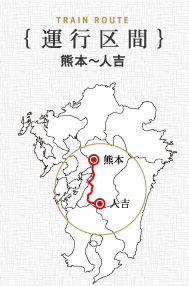 SL Hitoyoshi
SL Hitoyoshi
The Steam Locomotive Hitoyoshi is an old train from 1922 that underwent a drastic 4-year renovation. With billowing smoke, a powerful whistle and enough charisma to whisk you off your feet, it’s the perfect way to relive the roaring 20s.
The SL Hitoyoshi makes a 2.5 hour trip through central Kyushu.
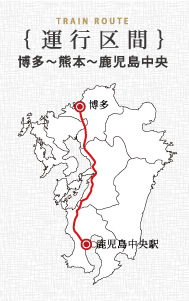 Tsubame
Tsubame
Although difficult to discern to the untrained eye, the Tsubame (aka the 800 series) is painted with traditional Japanese white, red and black colors. But even if you don’t notice the exterior, as soon as you walk in it’ll be clear that you are in a train designed around Japanese aesthetics. With kimono-like fabric, gold-plated walls and natural wooden blinds on the windows, the Tsubame is a true Japanese experience.
The tsubame makes a 1.5 hours trip from Northern to Southern Kyushu.
A Gateway to Culture
But it wasn’t just a will to survive that fostered the creative environment around train design. Given it’s port town status, the region had always been more open to new ideas, as opposed to its more conservative counterparts. “Represented by Dejima, Kyushu is somewhat of a gateway where foreign cultures mix,” says Mitooka. “It created a climate that enabled the people of Kyushu to search for new ideas.”
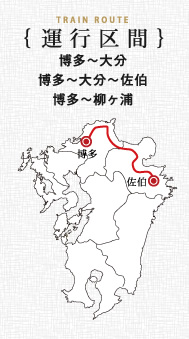 Sonic
Sonic
Boarding the metallic blue Sonic is like getting into a space station. With ambient lighting that reflects off the metallic interiors, the train is something akin to a ride at Disneyland. In fact, the front of the train almost looks like it’s a transformer. It’s just one of the many reasons that this train is the recipient of the prestigious Brunel Award for outstanding train design.
The Sonic makes a 2.5 hours trip around the Northeastern coast of Kyushu, from Hakata to Ooita.
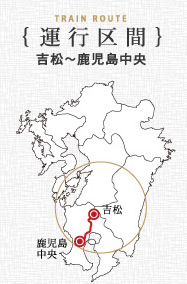 Hayato no Kaze
Hayato no Kaze
A deep black, rather nostalgic train whose name comes from The Hayato people who are believed to be the indigenous people of the land. An abundance of white wood in the interior creates a bright, modern atmosphere that complements the breathtaking observation room, where you’re welcome to come and go as you please.
Hayato no Kaze makes a scenic 1.5 hour trip through southern Kyushu.
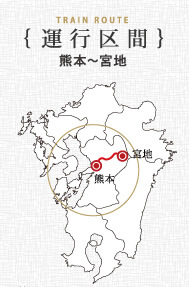 Asoboy
Asoboy
If you’re traveling with kids, Asoboy may be for you. And no kid-friendly train is complete without a cute mascot, the black dog kuro-chan. A spacious lounge, parent-child-seating, a mini-library, a kids café and a pool of wooden balls are just some of the amenities to keep your toddler enthralled.
Asoboy makes a 1.5 hour trip through central Kyushu.
Resources and suggested reading:
(all quotes have been translated from Japanese to English by the author)
This post is part of week-long series on trains in Japan. The complete series can be found here.

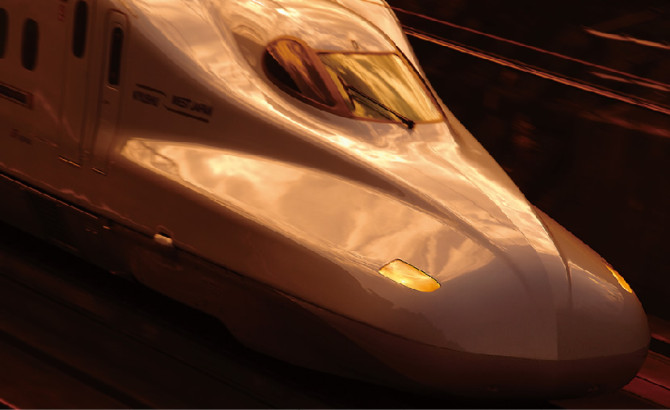
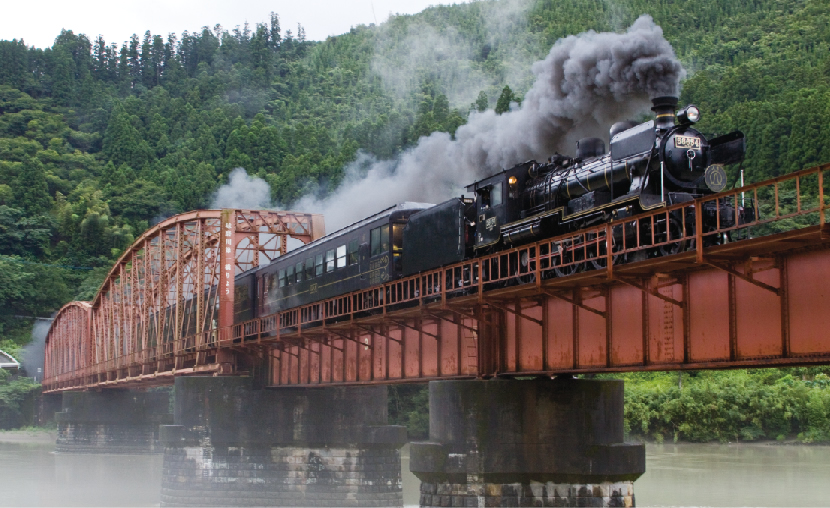
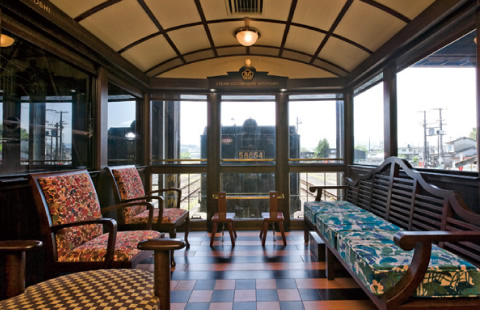
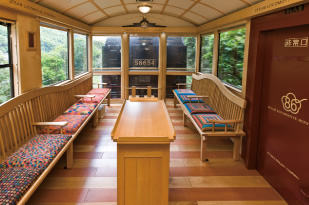
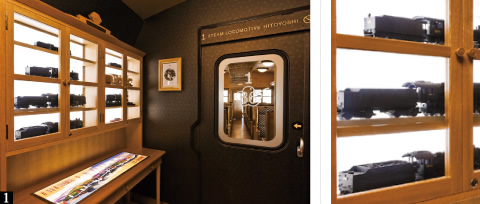
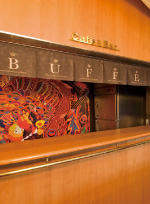
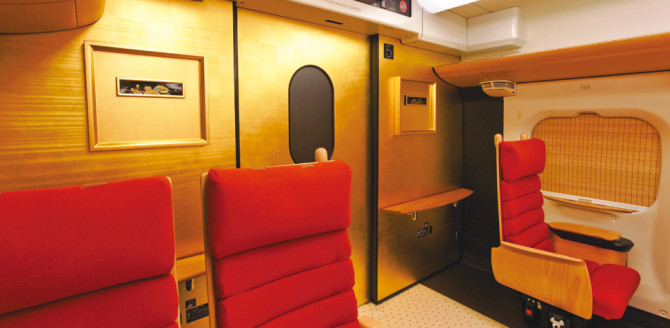
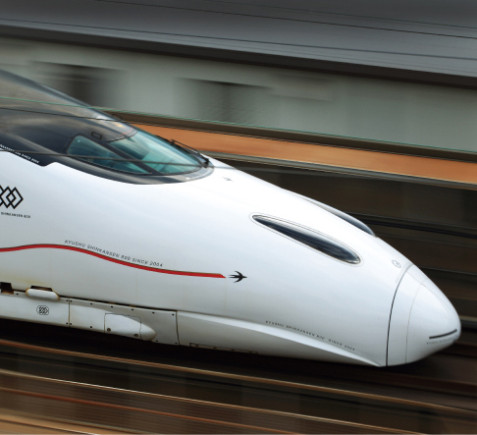
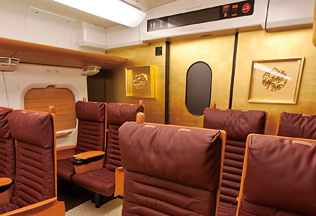
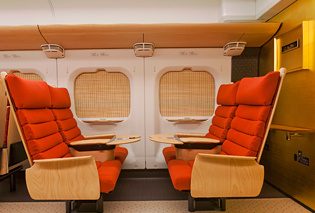
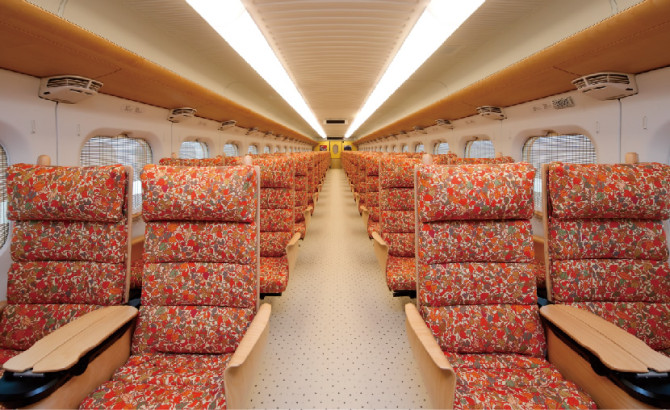
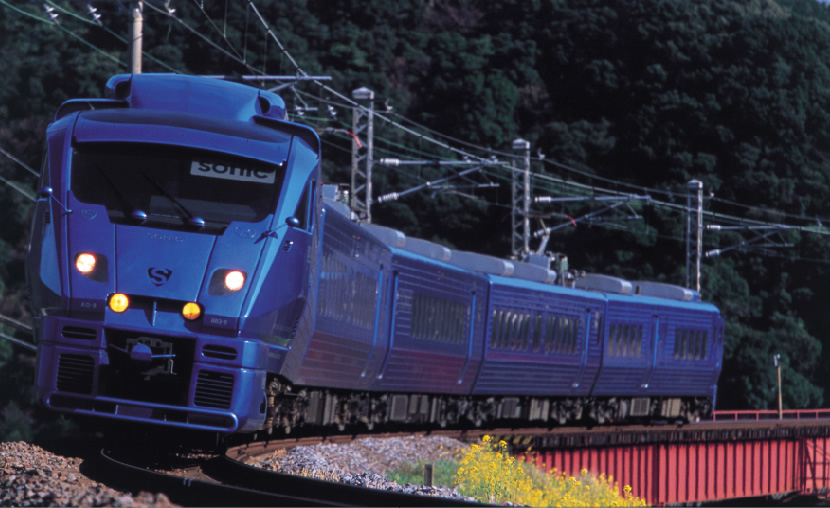
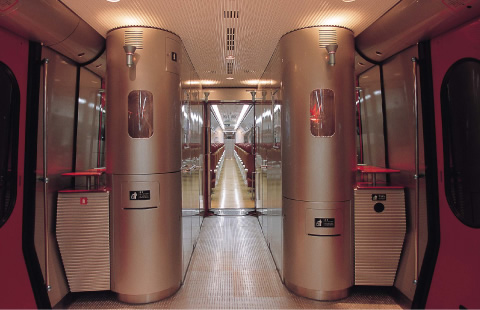
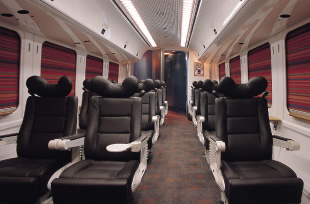
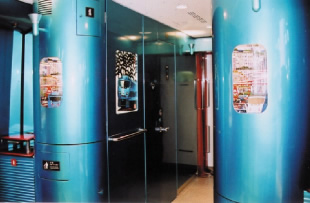
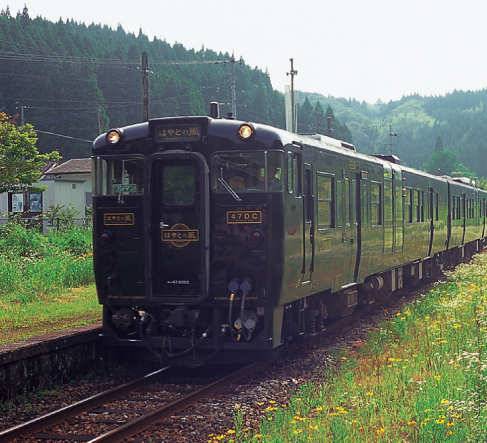
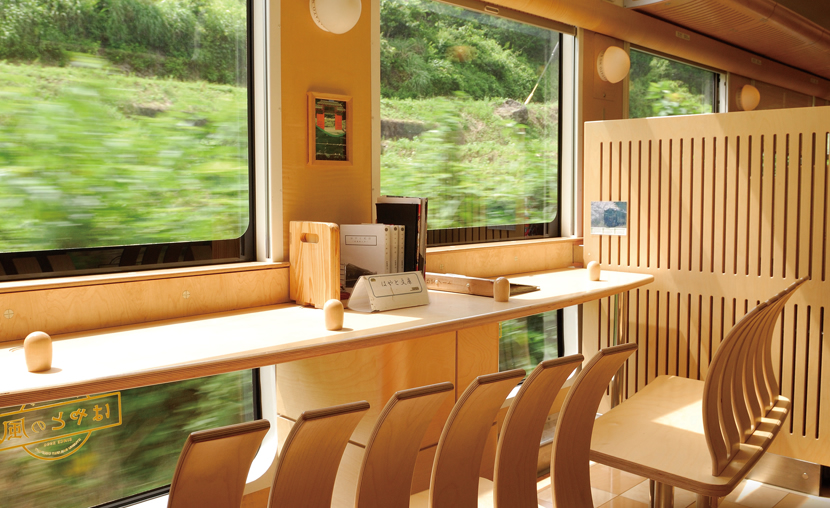
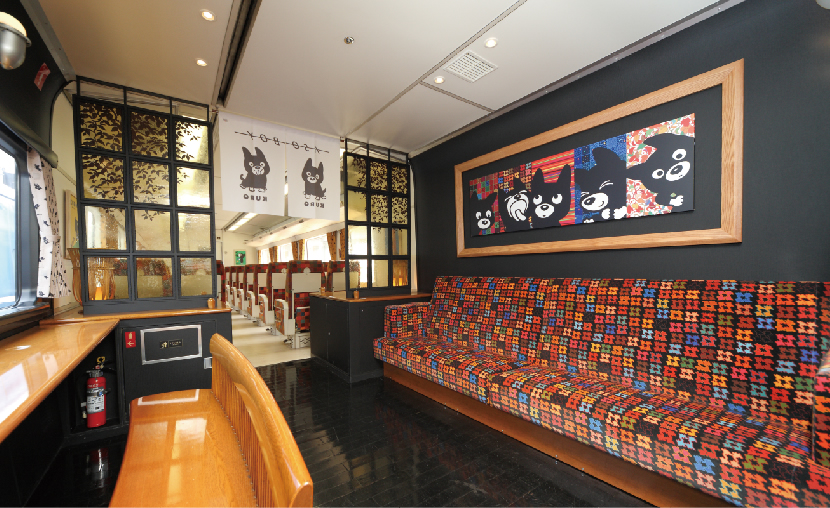
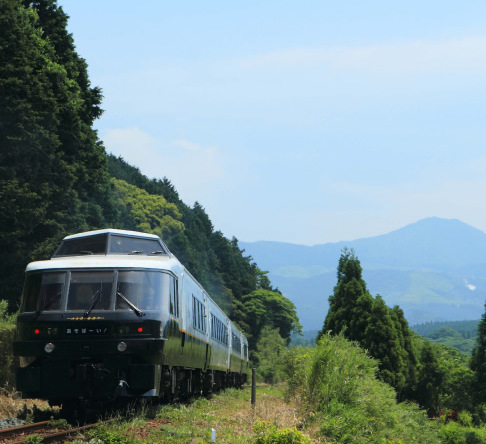
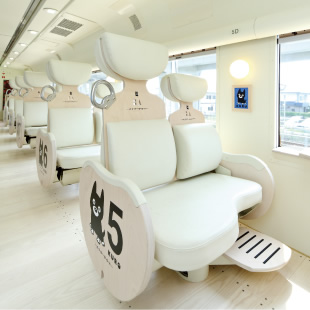
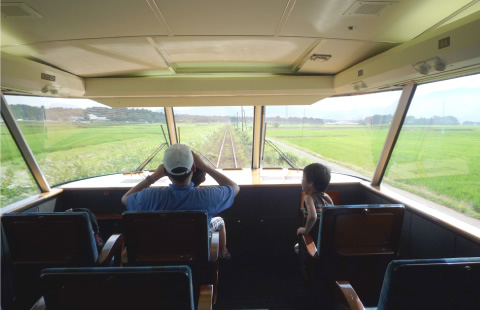
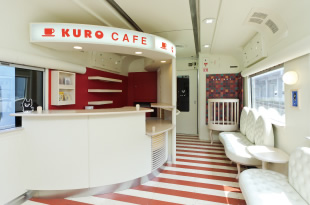
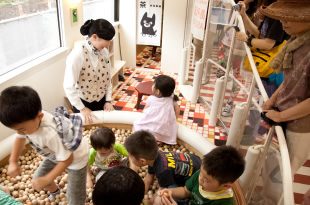

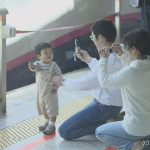
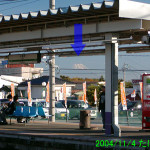
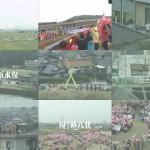
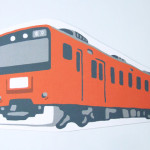


















August 12, 2013 at 10:51 am
Thank you for your wonderful expose on train culture in Japan, my second favourite country, and home.
August 14, 2013 at 7:58 am
Brent, you’re very welcome 🙂
August 12, 2013 at 5:46 pm
I live in Canada, a large country with a small population and atrocious public transit. You all are so lucky that you live in a place that values and invests in its trains! I hope the place I live joins the 21st century and gets onboard with good train service. Great series 🙂
August 14, 2013 at 7:58 am
thanks rin! I agree and think that good public transit is the way of the future.
August 13, 2013 at 1:42 am
Oh, how I love you guys…for all the beauty you surprise me with everyday…and let me relive some of my great times in Japan.
August 14, 2013 at 7:57 am
thank you so much for the kind words Terence!